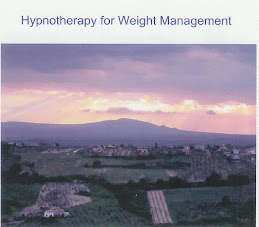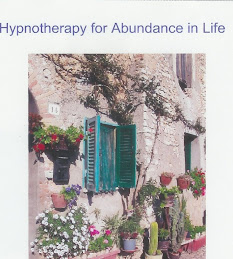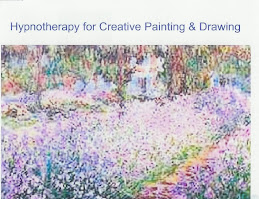AnxietyBlog #3
The Anxiety Triggers
What triggers your Anxiety? What are Anxiety Triggers? How do they develop?
How do I get rid of them?
Your subconscious mind functions by firing your Flight Fight or Freeze reaction.
Flight Flight or Freeze is a Normal Natural Reaction. It’s our warning system of danger, it keeps us safe. When it works properly its great, when it works overtime it becomes a bad habit reaction. Triggered by sensory input.
Your Subconscious Mind is designed to Protect you, Keep you safe, and meet your needs, that’s its job.
The subconscious mind is best thought of as a an audio visual device or camera, Always on record. It is recording All of our experiences 24/7. Audio,Visual, Auditory, Sensory/Feeling.
So you experience and event or trauma: your subconscious mind records Everything about that experience, related to it and UNrelated to that event.
So for example: You have a car accident. Your brain, your subconscious mind records everything around that accident that happens. And also records Everything surrounding the accident that is Not directly related to that accident. For example, lets say there’s a guy walking by the accident wearing a red coat, UNrelated to the accident, but present.
So it’s 6-8 months later and let’s say you are walking downtown; it’s a sunny day, your with friends, near a cross walk, and you Consciously don’t notice but a guy walks by on the other side of the street wearing a red coat like the guy the day of the accident. Suddenly you are experiencing an Anxiety/Panic attack.
So if you decide to flee downtown, you have kept the “red coat guy” trigger for anxiety, and added a few more triggers, such as downtown, crosswalks, perhaps crowds downtown etc. ...
However if you stay, and perhaps sit down or just stand there, and use the diaphragmatic breathing technique** (Relaxation Breathing**), what you will notice is that your anxiety will go slightly up at first and then come steadily down until you are comfortable again.
What you have accomplished is HUGE. You have just eliminated the “guy in the red coat” trigger and prevented the addition of any additional triggers.
Each time you use Relaxation Breathing** in a stressful, anxiety provoking experience, you eliminate a trigger for stress and anxiety, and thus reduce your reaction to triggers. Experiences of anxiety become less and less. You become more and more in control of your level of relaxation. The more you use Relaxation Breathing the quicker it works, the better it works and the less likely you will react to that trigger in the future. it is always with you and available to you wherever you go.
You are more and more in control of your level of relaxation. Where’ve you are, whatever you are doing, whatever is going on around you.
** Relaxation Breathing MUST be diaphragmatic breathing!
Any other breathing technique will NOT work.


















